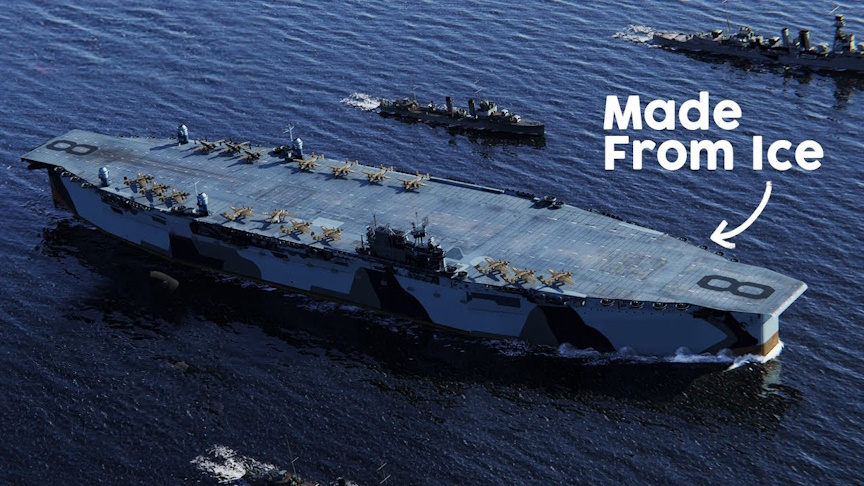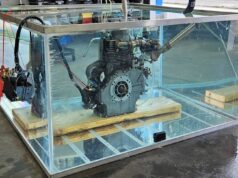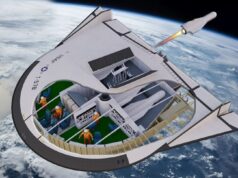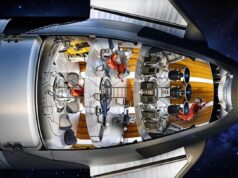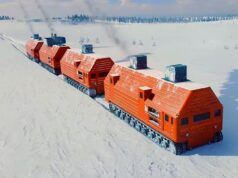Project Habakkuk or Habbakuk was a plan by the British during the Second World War to construct an aircraft carrier out of pykrete, a mixture of wood pulp and ice, for use against German U-boats in the mid-Atlantic, which were beyond the flight range of land-based planes at that time.
source.image: Found And Explained
The plan was to create what would have been the largest ship ever at 600 metres long, which would have been much bigger than even USS Enterprise, the largest naval vessel ever, at 342 metres long. The idea came from Geoffrey Pyke, who worked for Combined Operations Headquarters.
After promising scale tests and the creation of a prototype on Patricia Lake, Jasper National Park, in Alberta, Canada, the project was shelved due to rising costs, added requirements, and the availability of longer-range aircraft and escort carriers which closed the Mid-Atlantic gap that the project was intended to address.
Advertisement
By the time of the 1943 Quebec Conference the Habakkuk project had won the support of both Churchill and Mountbatten, and was assigned to the National Research Council of Canada because of the cold Canadian winters and Canadians’ prior familiarity with ice physics. The small prototype built in 1944 on Patricia Lake near Jasper, Alberta, confirmed the researchers’ forecast that the full-size vessel would cost more money and machinery than a whole fleet of conventional aircraft carriers. The sunken remains of the metal parts of the boat remain there to this day.). source

